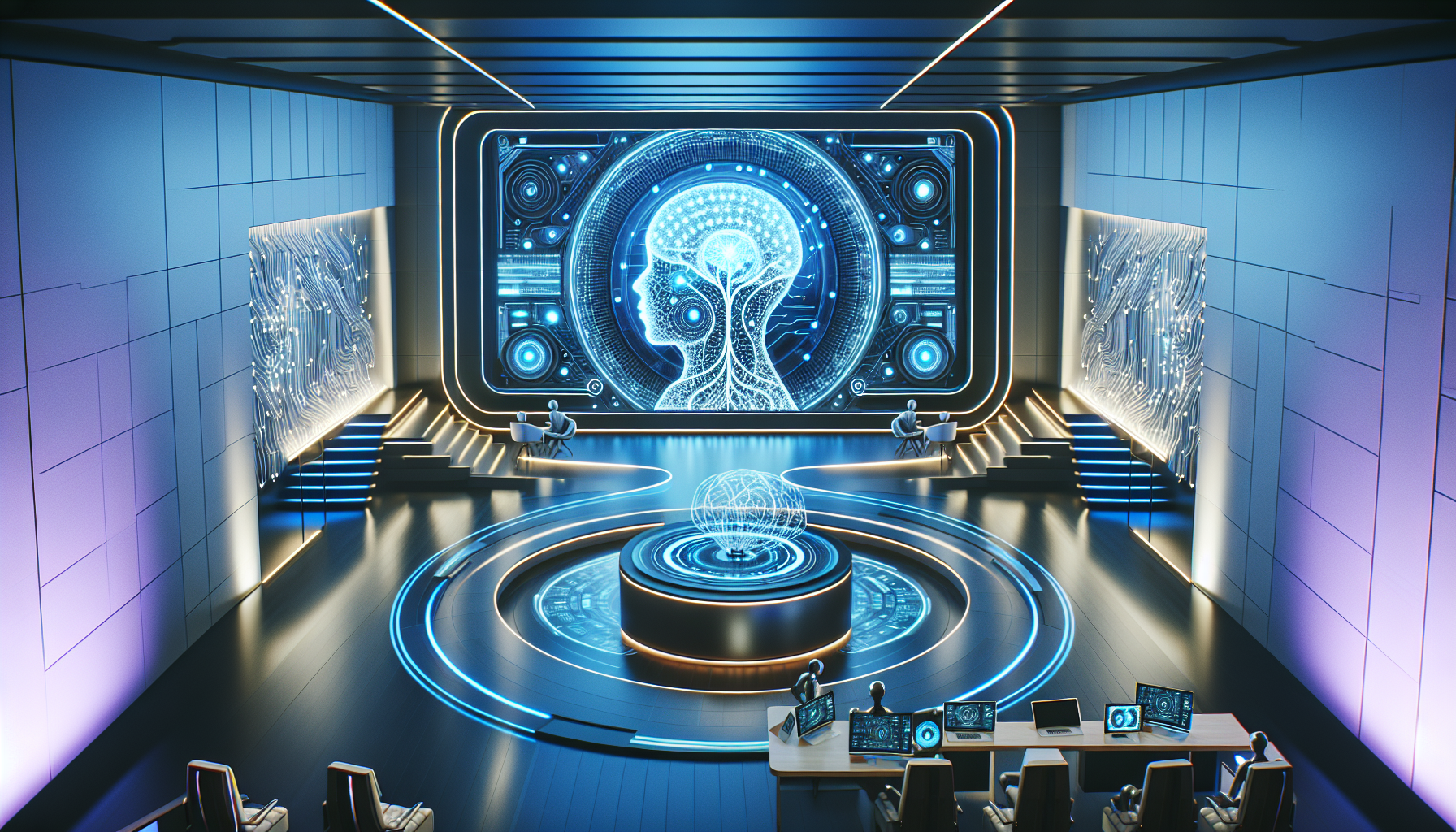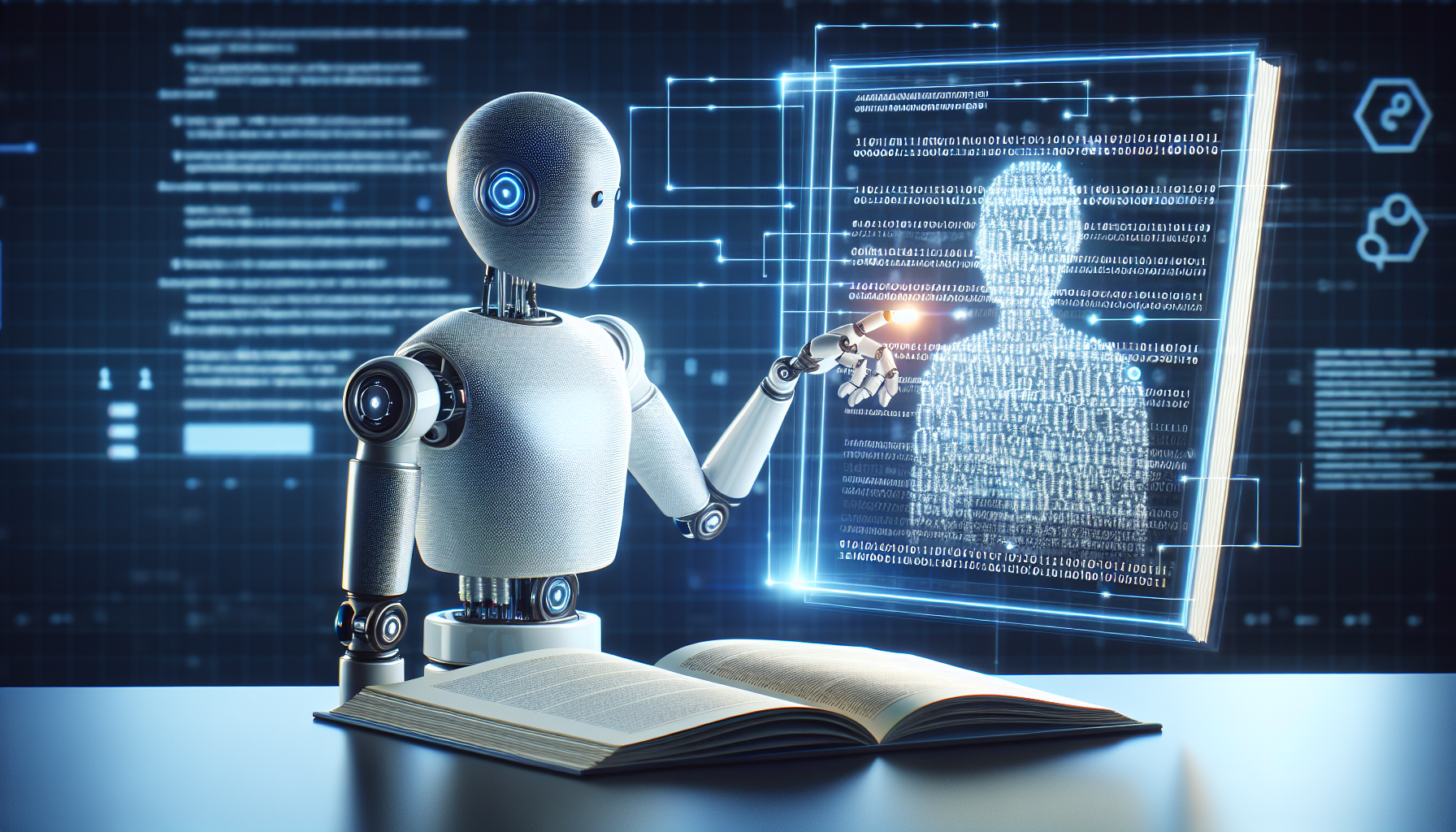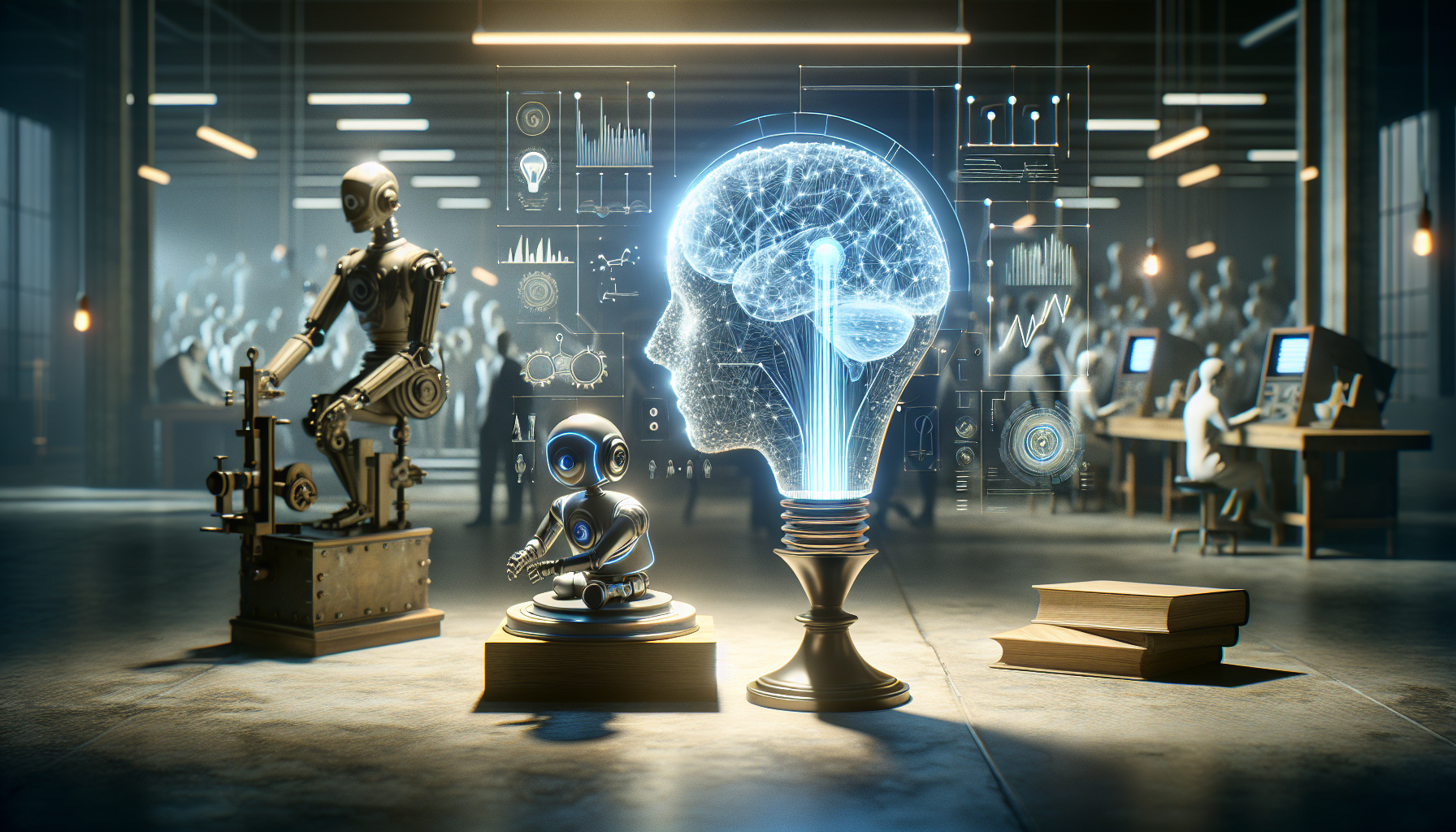
Reinforcement Learning: Turning AI into a Well-Behaved Pet
August 6, 2025
Ever tried to teach a dog to roll over? Now imagine doing that with a computer that doesn’t quite understand why humans are obsessed with dogs rolling over in the first place. Welcome to the wacky world of reinforcement learning, where teaching artificial intelligence is like training a pet, except the pet is a super-smart robot that might one day outwit you at chess, drive your car, or—let’s hope—fetch your coffee.
Reinforcement learning (RL), in its simplest form, is an approach to machine learning where an AI learns to make decisions by receiving rewards (or the digital equivalent of belly rubs) for good behavior, and punishments (think stern looks) for bad behavior. The concept is delightfully simple but executing it is like trying to teach your cat to do tricks—it requires patience, a sprinkle of creativity, and an understanding that sometimes the cat just isn’t going to care.
Picture this: you're a digital shepherd guiding an AI sheepdog that's trying to herd digital sheep without scattering them into the digital ether. The AI doesn’t start with a manual or inherent knowledge; instead, it learns from scratch, making mistakes and hopefully learning from them. Much like a toddler navigating their first few steps, except this toddler’s ultimate goal might be to optimize your stock portfolio.
A lesser-known quirk of reinforcement learning is how it's inspired by the behaviorist principles of good old-fashioned conditioning—the stuff we humans have been using for eons. Remember Pavlov and his bell-loving dogs? It turns out, that classical conditioning isn’t just for the canine world; it’s also a hit in the AI realm. If Pavlov were around today, he’d be delighted to see his theories applied to algorithms, probably over a cappuccino with his AI assistant.
Let’s dive into the delightful chaos that ensues when RL meets the real world. Imagine teaching an AI to play a video game. Initially, it might make moves that would make even the most patient gamer facepalm. But slowly, through trial and error (and a few virtual slaps on the wrist), it starts to understand the game’s dynamics, eventually mastering it and leaving human players in the dust. It’s like watching a clumsy puppy grow into a show dog, albeit one that’s pixelated.
One of the more peculiar challenges of RL is balancing exploration and exploitation. It’s a bit like deciding whether to stick to your favorite restaurant or try the new sushi place down the street. AI must decide whether to stick with strategies that have worked in the past or venture into uncharted waters to discover potentially more rewarding strategies. It’s a gamble, much like trying that questionable-looking sushi roll.
The real kicker in all this is that reinforcement learning isn’t just a fun exercise in programming; it has real-world applications that could make life a whole lot smoother—or potentially more entertaining. We’re talking AI systems that could optimize traffic flow, reduce energy consumption, and even manage resources in video games more efficiently than a human ever could. Just imagine being outsmarted by an AI that manages your in-game resources better than you ever could—with the added bonus of no bickering over who gets the controller next.
However, let’s not forget the ethical considerations that tag along with this technological marvel. With great power comes the responsibility not to let AI run amok, turning into a rogue digital entity plotting to take over the world. It’s a fine line between creating a helpful assistant and accidentally programming the next villain in a sci-fi thriller. Ensuring ethical guidelines and safety measures are in place is crucial, lest we end up with AI that thinks rewarding itself with endless loops of cat videos is a productive use of its time.
So, where does that leave us? Here we are, standing at the dawn of an era where teaching AI involves as much psychology as it does computer science. As we continue to refine reinforcement learning techniques, we must ponder: will our future AI overlords (I mean assistants) thank us for teaching them through rewards? Or will they simply roll over, wag their digital tails, and fetch us our morning coffee? The possibilities are as endless as they are intriguing, leaving us to wonder if one day, AI might just teach us a thing or two about being human.


